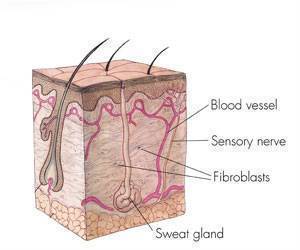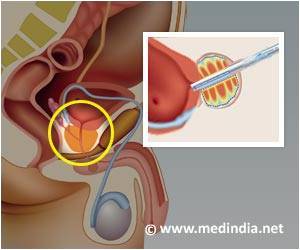A team of scientists have made an important finding on how genes are regulated.

The discovery used a genetically modified mouse that was developed by Dr Patrick Reilly, a Senior Scientist in the Laboratory of Inflammation Biology headed by Prof Tak Wah Mak at the NCCS, to demonstrate that the architecture of DNA in the living cell is maintained in part by a protein called ANP32E. The ANP32E or Acidic leucine-rich nuclear phosphoprotein 32 family member E is a protein in humans.
"While DNA is normally represented as a two strands forming a helix, the actual amounts of DNA in the cell mean that these strands must be compacted into complex structures, called chromatin, which restricts the DNA volume while still allowing access to the encoded information, " said Dr Patrick Reilly, a Senior Scientist at NCCS.
Errors in chromatin structure are found in a wide array of developmental diseases as well as in all types of cancers. By understanding the processes controlling chromatin structure, we hope to improve our tools for timely regulation of specific genes, thus reversing the impact of many diseases and developing novel anti-cancer agents.
In recent decades, scientists have found that proper regulation of genes depends, in part, on these structures. In the study, the researchers in France began studying a specific component of chromatin called H2A.Z, which has been previously shown as important in controlling specific regions of DNA expression. They found that ANP32E, a protein that Dr. Reilly has been studying at NCCS for several years, had the ability to strip H2A.Z away from DNA, thus allowing altered gene expression.
In collaboration, Dr Reilly was able to provide a mouse, which he generated to specifically lack ANP32E and together they found that cells lacking ANP32E lacked the proper chromatin structure. Since Dr Reilly is studying ANP32E as a possible therapeutic target based on its unusual protein composition, this finding could reveal novel therapeutic strategies in the long run.
Advertisement













